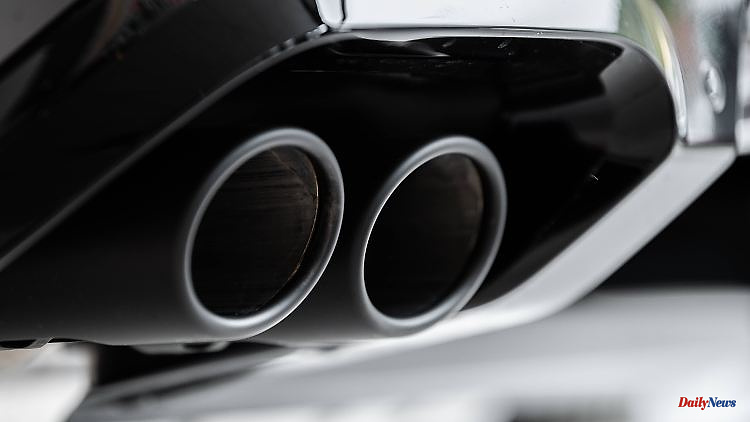An SUV uses more fuel than a comparable car. Nevertheless, this does not prevent many buyers from opting for an off-road vehicle. On the contrary: SUVs are becoming increasingly popular and thus increase CO₂ emissions.
Comfortable entry, better overview, more seating comfort - SUVs are the trend. The Sport Utility Vehicles are currently selling better than all other cars. According to the International Energy Agency (IEA), their share of new cars has been increasing steadily for ten years, from 20 percent to a proud 46 percent in 2022. In the USA, India and Europe in particular, almost every second buyer opts for an off-road vehicle. The result: according to calculations by the IEA, there are now around 330 million SUVs on the roads worldwide. And these blow almost a billion tons of CO₂ into the atmosphere.
In addition, according to the IEA, the increasing number of SUVs in 2022 will be responsible for a third of the increase in global oil demand. Because the larger and heavier vehicles consume on average 20 percent more fuel than conventional cars. This in turn leads to higher CO₂ emissions. According to the IEA experts, the global SUV fleet emitted as many emissions as Britain and Germany combined. If the fleet were a country, it would be the sixth largest polluter, the statement said.
An evaluation by Statista shows how much more CO₂ SUVs emit compared to sedans: According to this, a VW Golf with the basic engine emits 2275 kilograms per year. The SUV variant of the Golf, the VW Tiguan, emits 2702 kilograms of CO₂ per year with the weakest engine - i.e. 427 kilograms more than the Golf. For comparison: For a CO₂ emission of 427 kilograms, a 1-person household could use electricity for about a year.
At BMW, the difference between the 320i sedan with a basic engine and the X3 20i XDrive SUV is even greater: 569 kilograms of additional CO₂ emissions come together here per year. Between a Mercedes C 160 and the SUV GLC 200 4 Matic there are even 663 kilograms.
After all: not only SUVs, but also electric cars are currently experiencing a boom. About one in six SUVs sold in 2022 will be a greener electric version. According to the IEA experts, however, this is not enough. "Electric SUVs are becoming increasingly popular, but not fast enough to offset the increasing fuel consumption and emissions of the entire vehicle fleet," the statement said.
If the trend towards combustion SUVs continues, according to the IEA, it would not only increase global oil demand by around two million barrels a day by 2040 - it would also render the CO₂ savings from the growing number of electric cars ineffective. This means that compliance with the 1.5 degree target of the Paris Agreement is still a long way off. Greenpeace therefore demands: "Manufacturers must move away from overpowered climate killers and focus much more on light e-cars and mobility services."












